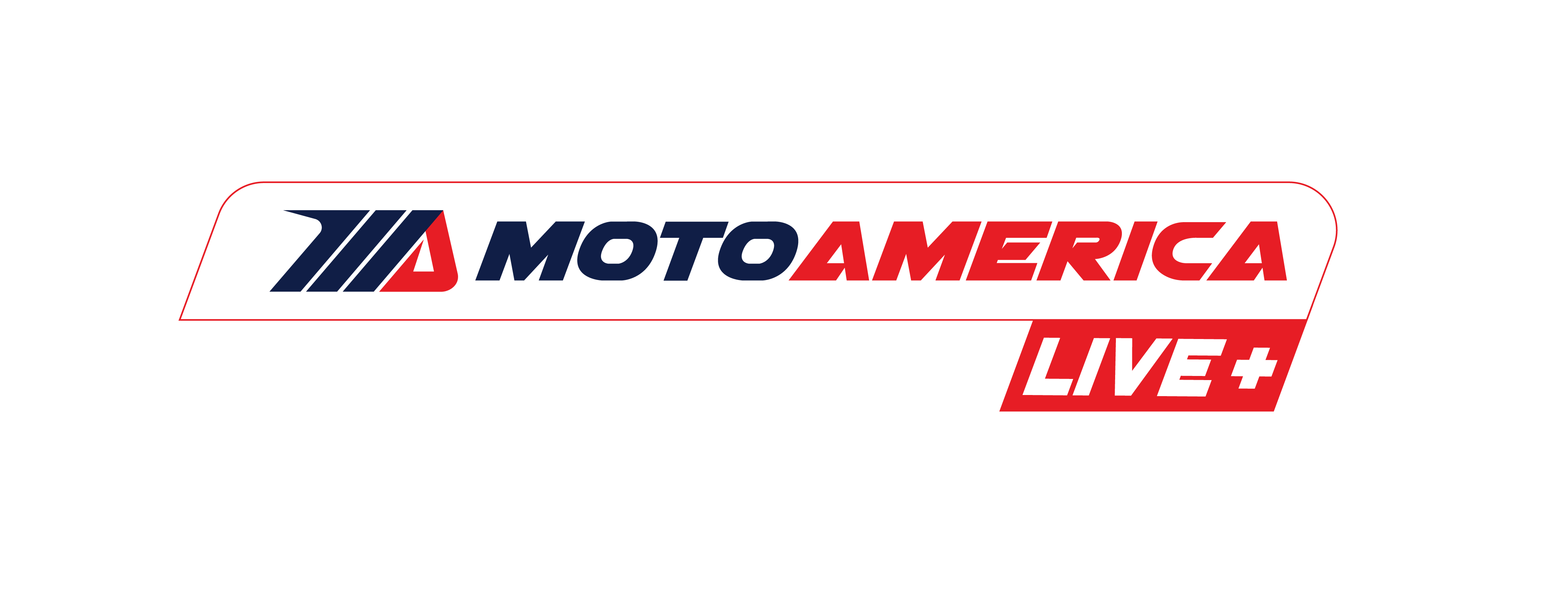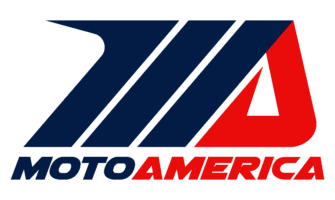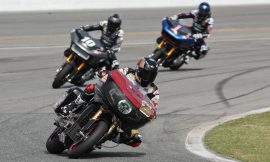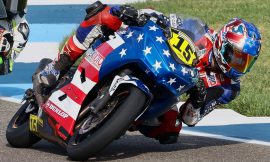
A couple of weeks ago, we talked about the process of transforming a production motorcycle into a MotoAmerica racebike, and we focused on replacing the stock exhaust system as one of the very first steps in the process. Because of its lighter weight and freer flow, an aftermarket, racing-specific exhaust system makes bikes go faster.

Equally important to making a road racing motorcycle go faster is making a road racing motorcycle stop quicker, and one of the ways to help do that is to replace the OEM brake hoses with higher-performing steel braided brake lines.
Some of the manufacturers are equipping their stock motorcycles with steel braided lines, but it’s still pretty rare, and exclusive to high-end and/or limited-edition motorcycles to have braided lines installed right from the factory.

Also, ABS is becoming more and more common on streetbikes but the feature is not something that most road racers want on their racebikes, so in most cases, these complicated systems are disabled when installing steel braided brake lines.
Like aftermarket exhaust systems, steel braided brake lines are equally as ubiquitous in the MotoAmerica paddock, to the point that every single motorcycle in each of the five race classes in MotoAmerica is equipped with braided brake lines.

Steel braided brake lines consist of an inner hose, often lined with Teflon®, that is wrapped in stainless steel braiding and coated with PVC or encased in an outer layer of vinyl tubing to prevent the abrasive stainless steel braiding from rubbing against other parts of a motorcycle. The lines are designed to eliminate the performance issues that are inherent in OEM rubber brake hoses.
Over time and after prolonged use in racing conditions, OEM rubber brake hoses will frequently expand from the hydraulic pressure created when you squeeze the front brake lever and/or press the rear brake pedal. The pressure will actually cause the rubber hoses to swell to the point that less pressure is transferred to the brake calipers and pads because it is, instead, expanding the diameter of the hoses.

Braided brake lines do not swell because the stainless steel braiding withstands the hydraulic pressure created when you squeeze the brake lever and/or press the brake pedal. This results in more consistent braking performance throughout a race, qualifying session, or practice session.
“Brake fade.” Those two words are the bane of most road racers’ existence. It’s a gradual and debilitating decrease in braking performance that causes the brake lever to come closer and closer to your handlebar when you squeeze it. In the worst cases, you’ll be going into a corner, grab the front brake, the lever will come back to the handlebar, and you’ll miss your brake marker or worse. There is nothing more disconcerting to a road racer than applying the brakes and not having any, or at best, very little in the way of stopping power.
And, while brake fade can also be caused by overheated brake pads or something else malfunctioning in a motorcycle’s brake system, again, steel braided lines don’t expand during hard use, which helps eliminate brake fade caused by rubber brake hoses that swell under pressure. If the other components in a motorcycle’s brake system are up to the task, then steel braided brake lines will give you a more consistent feeling at the brake lever or pedal and, as a result, more consistent stopping ability.
To purchase tickets for all MotoAmerica events, click HERE
For information on how to watch the MotoAmerica Series, click HERE
For the full 2020 MotoAmerica Series schedule, click HERE








